
The Arnold Arboretum Visual Archives document the history and activities of the institution. Begun in the 1880s as an adjunct to the living, library, and herbarium collections, today the Arboretum’s visual archives include over 80,000 items. Digital images, black-and-white and color prints, 35mm slides and their predecessor lantern slides, trace the creation and management of the Arboretum’s landscape, record individual plants in the living collections, present our staff, and document our plant collection expeditions.
Botanical and Cultural Images of Eastern Asia
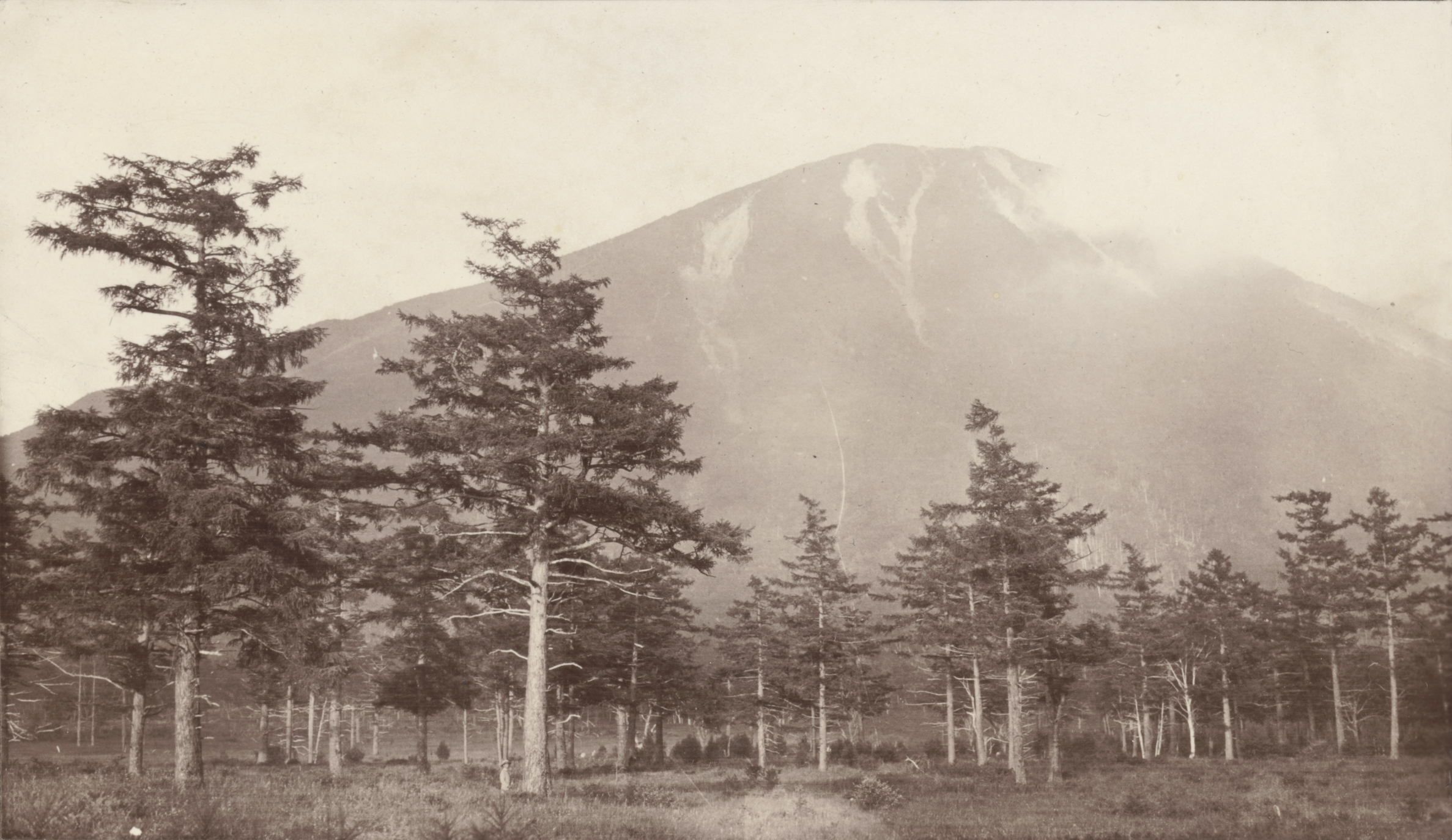
Collecting plants and seeds has been a core activity for our institution since our founding. The Visual Archive collection of eastern Asian photographs represents the work our intrepid plant explorers who traveled to Asia in the twentieth century. They returned with not only seeds, plants, and dried herbarium specimens, but also with remarkable images of plants, people, and landscapes. Our expedition photograph collection features images by many of our collectors.
Most of our historical images taken in eastern Asia may be viewed on HOLLIS Images, Harvard’s online photograph repository.
Meet the Explorers
Ernest Henry Wilson explored Asia for the Arboretum from 1907-1920. Read about his 1907-1909 expedition to China, his 1914 trip to Japan, and his 1917-1919 expedition to Japan, Korea, and Taiwan, and see many of his magnificent images.
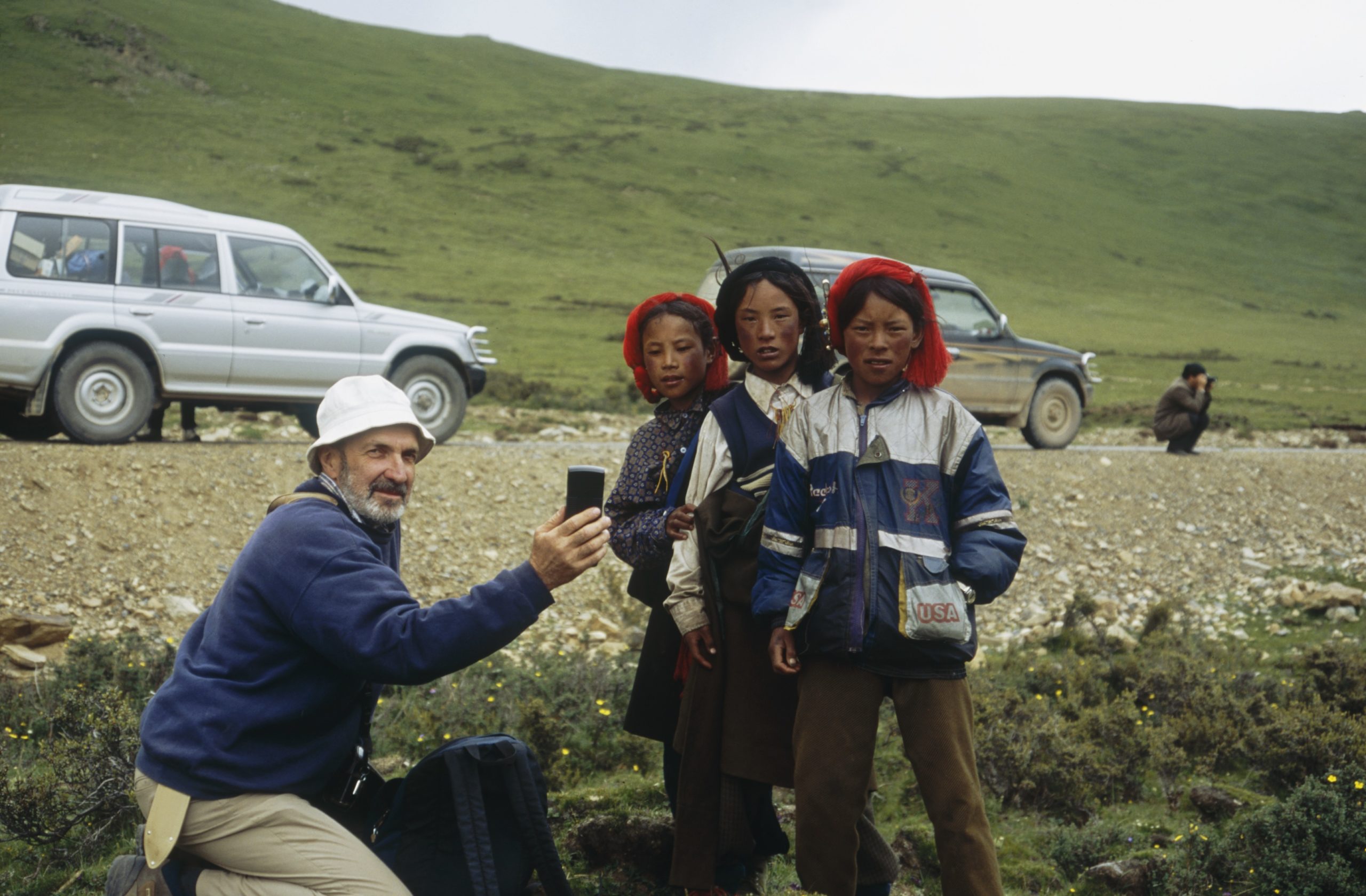
John George Jack came to the Arboretum in 1886 and held many positions on the staff during his long service to the institution. In 1905, he explored Japan, Korea, and China and took many photograph of the sites he observed along the way.
William Purdom collected plants in northern China and Gansu Province from 1909-1912. He also took a series of ethnographic images of the people of the Tibetan border regions through which he traveled.
Frank Meyer worked in China primarily as a collector of economic plants for the U.S. Department of Agriculture, but also scouted ornamental plants for the Arboretum. As part of his purview, he documented in photographs and detailed descriptions, the uses the local people made of those plants.
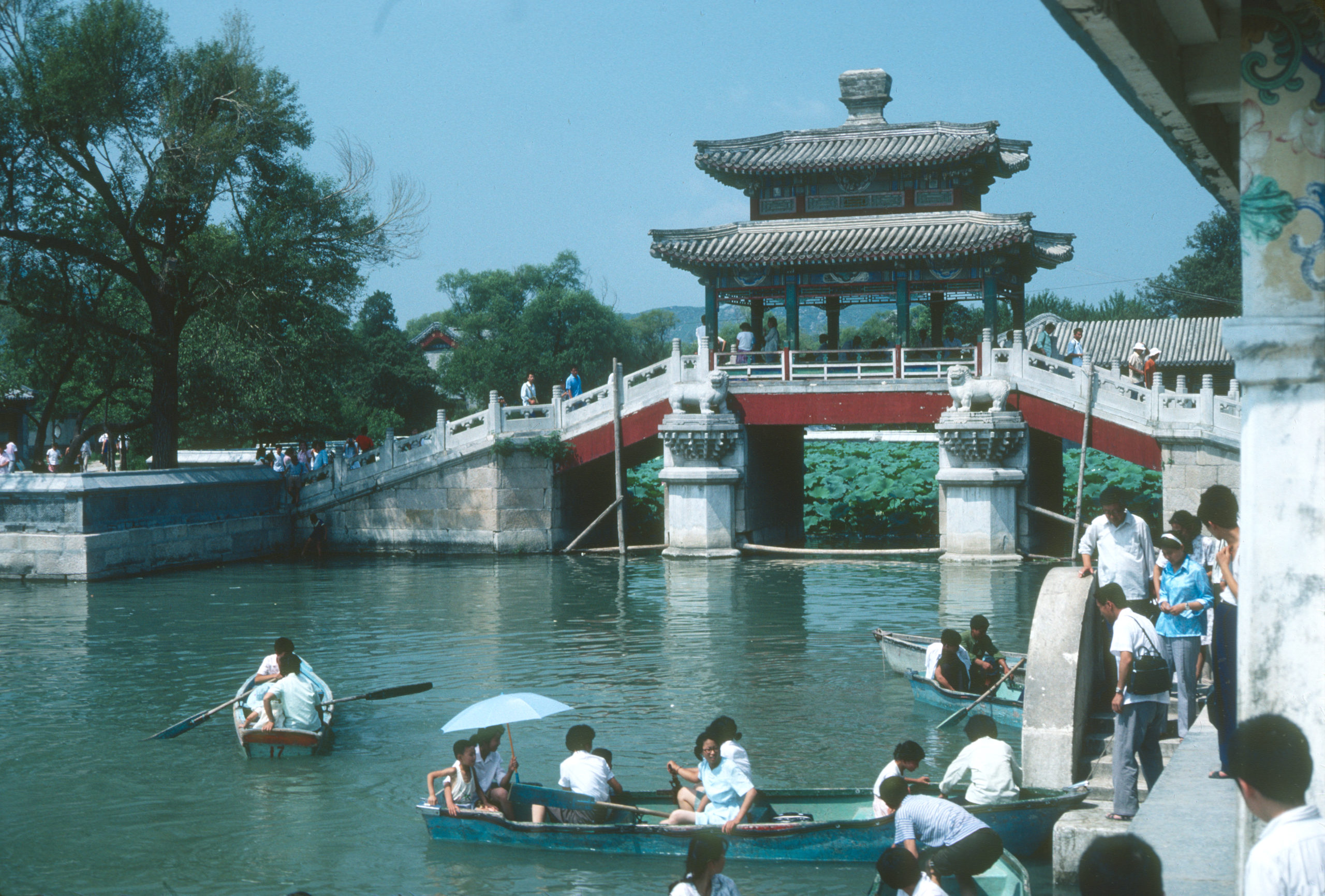
Joseph Rock explored the Tibetan border regions, an area of great biodiversity, from 1924-1927.
Joseph Hers, an interpreter for the Belgium Ministry of Foreign Affairs at Zhengzhou (Chengchow), Henan Province, made collections rare plants and photographs of the flora endemic to that region.
Stephen Spongberg, arboretum taxonomist made several groundbreaking trips to Asia. The first in 1977, returned the Arboretum to collecting in Japan and Korea after many decades. The second, the first Sino-American Botanical Expedition of 1980, reopened China to western botanists after a three-decade absence.
David Boufford‘s photographs illustrate several, more recent expeditions, including the second Sino-American Botanical Expedition of 1984.
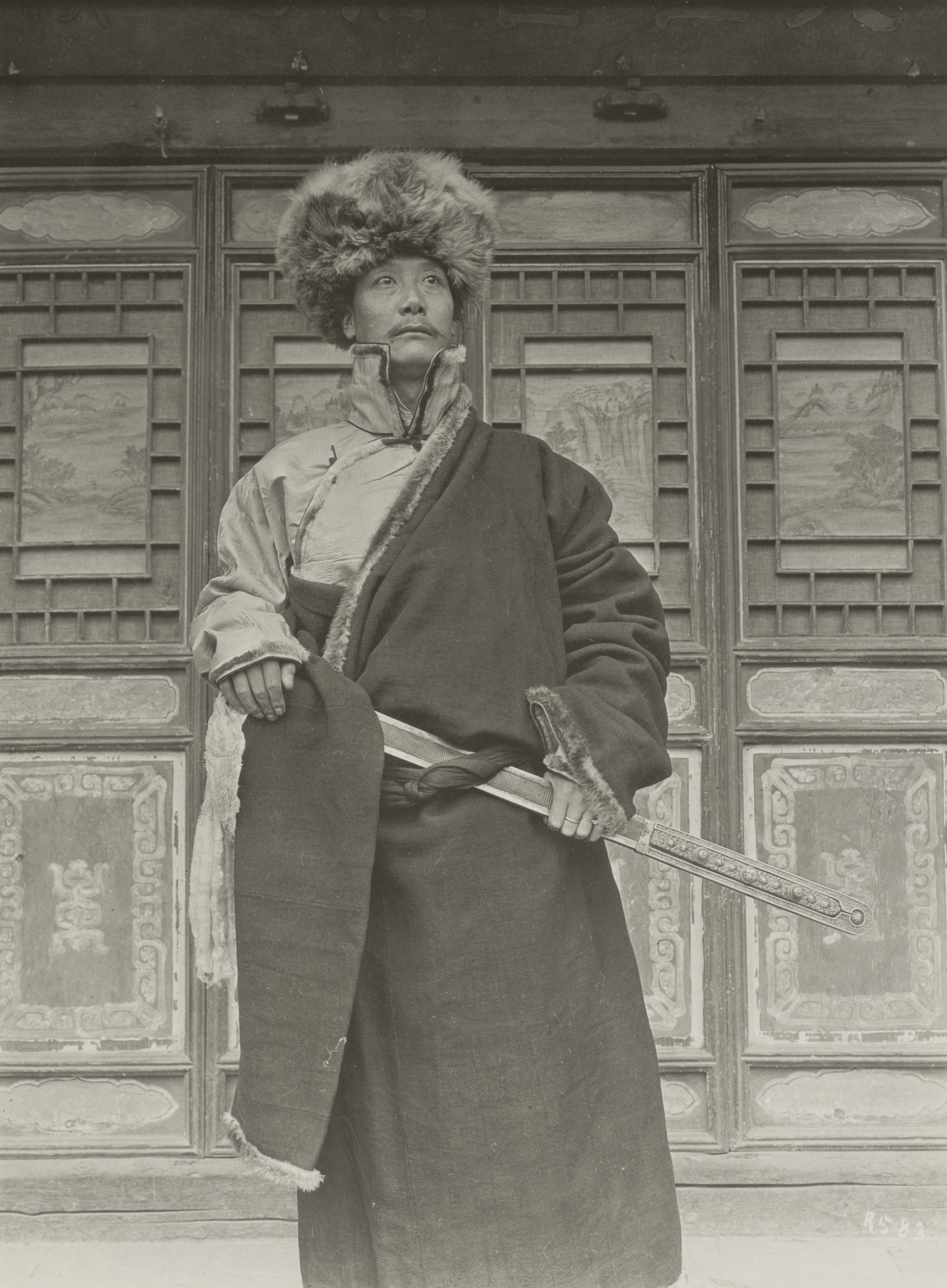



Yin Kaipu Rephotography Archive
Professor Yin Kaipu of the Chengdu Institute of Biology has traveled in the same regions that Arboretum plant explorer Ernest Henry Wilson explored over 100 years ago, and re-photographed many of Wilson’s photos from their original locations. His archive of over 2,400 images is held in the Archives of the Arnold Arboretum.


Landscape Views
From the earliest photographs of the transformation of farmland of the Bussey Estate to the living museum of trees that we know today, our landscape views show 150 years to change to the Arboretum.
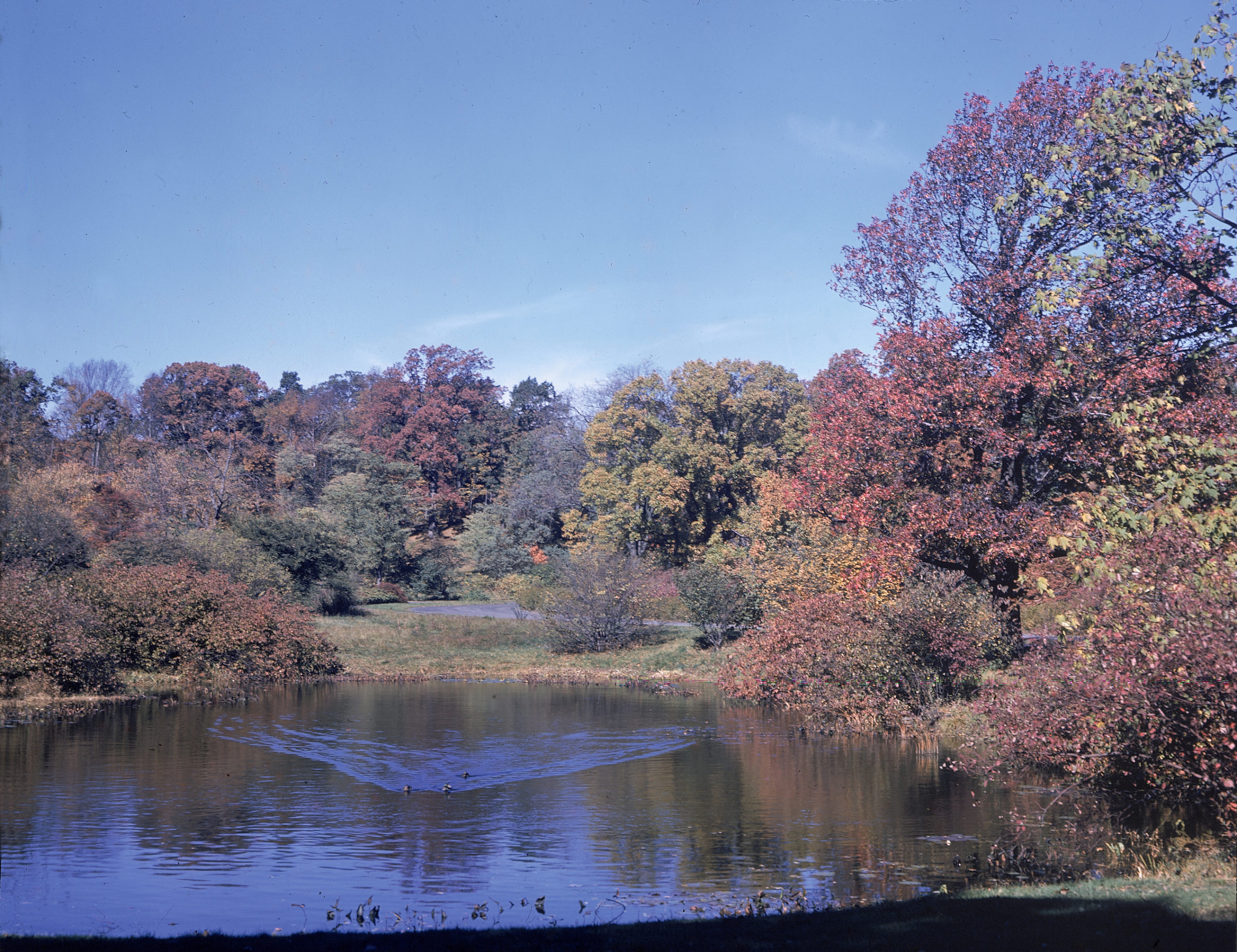
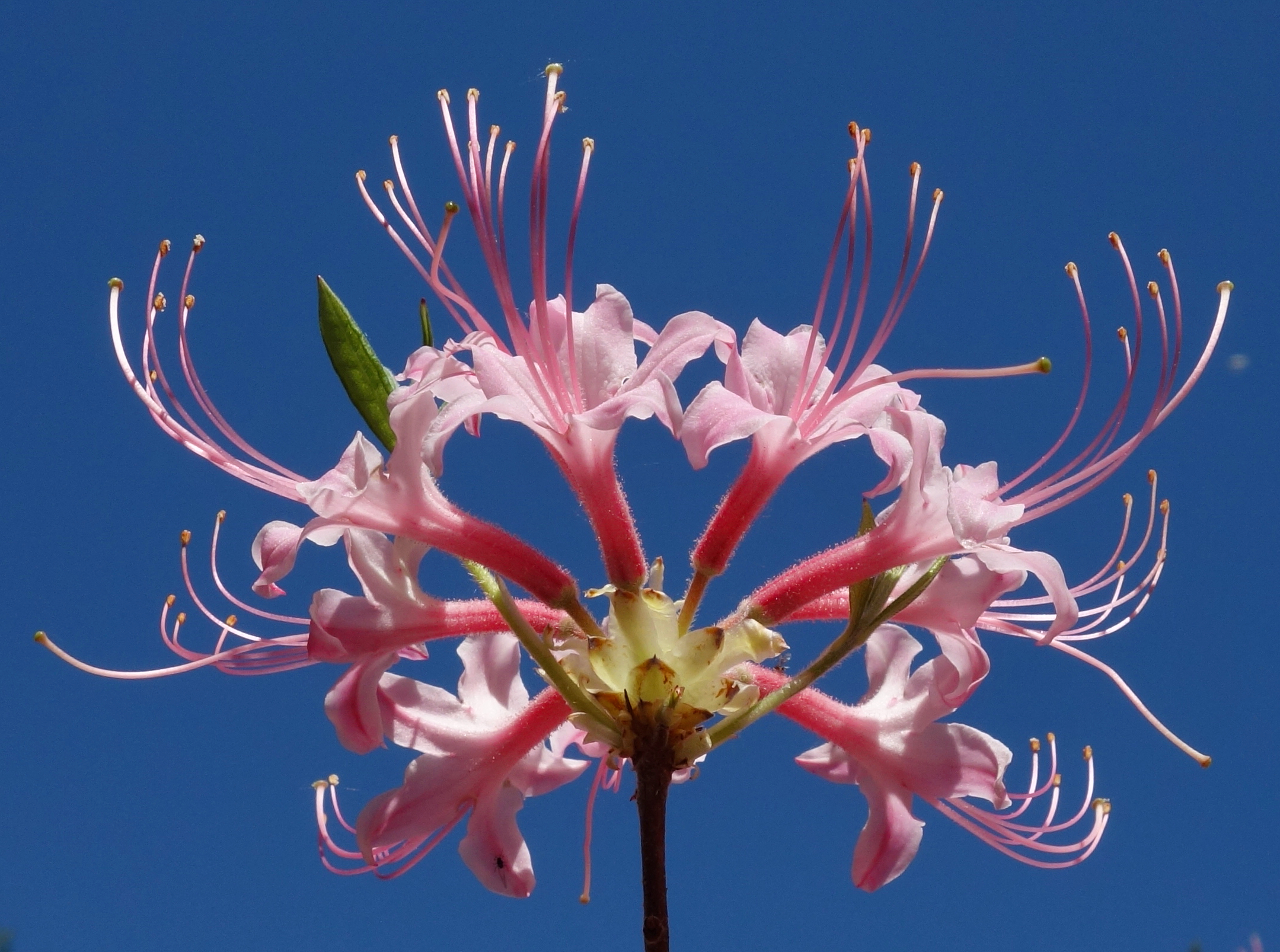
ArbPix Image Database
ArbPIX (the Arnold Arboretum plant image database) is a free resource of thousands of contemporary images of accessioned plants from our living collections. These images are shared by the Arboretum for educational purposes. They are available for non-commercial use under the Creative Commons Attribution-NonCommercial 4.0 International (CC BY-NC 4.0) license.
Ernest Wilson’s New England Trees
While we think of Ernest Wilson primarily for his photographs of Asia, he left us a very special collection of photographs of New England trees. Read an overview of it and learn about his visit to an amazing elm in Framingham, Massachusetts. See the entire collection here.
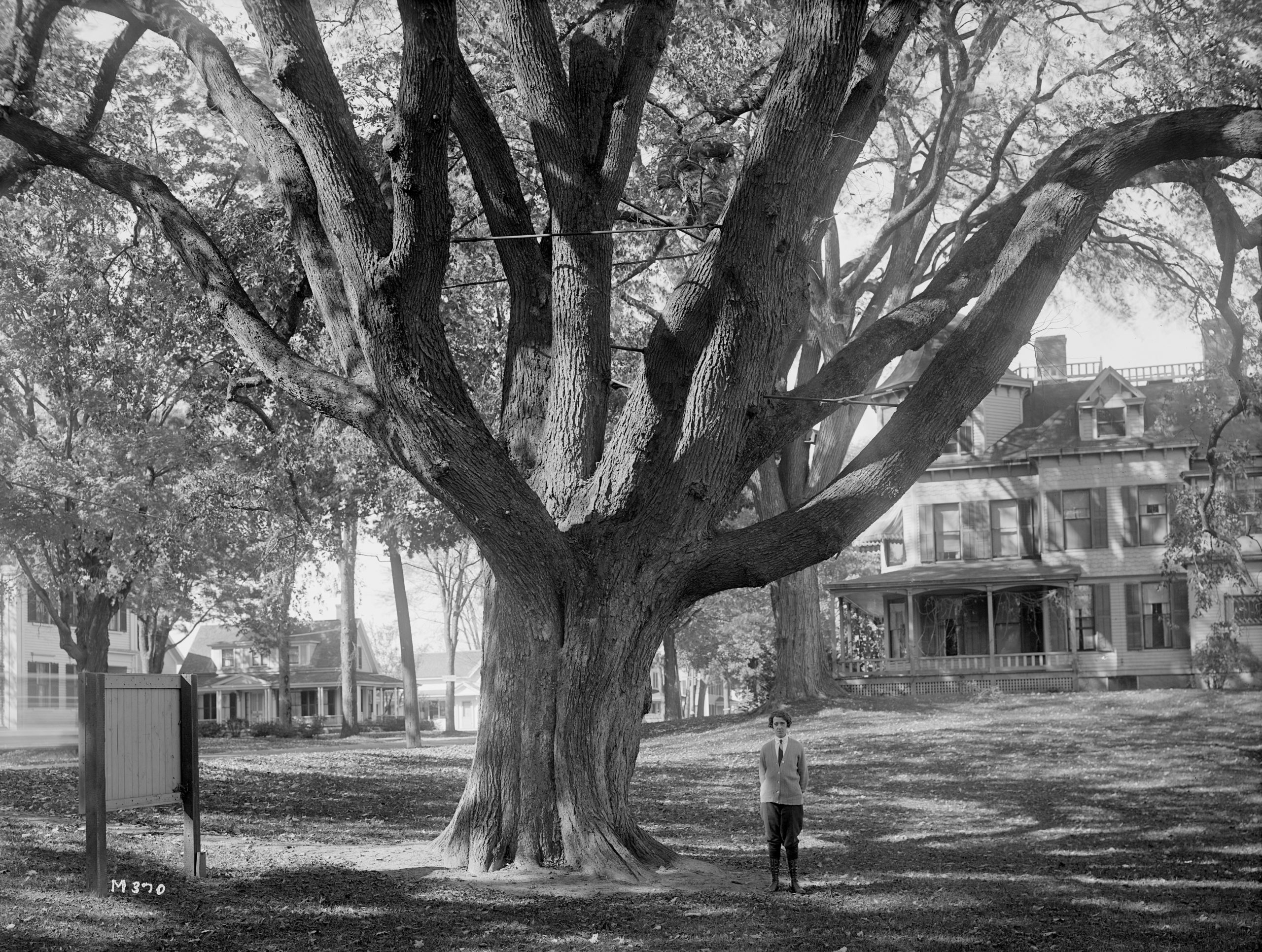
Visual Archive pages are currently under construction. Thank you for your patience as we work to improve our online resources. Please contact library staff with any questions.

